REVIEW: Tarragon’s Greenhouse Festival grows works-in-progress with audience
How wonderful it is to witness springlike growth during the harsh Canadian winter. In its second iteration, Tarragon’s Greenhouse Festival is a vibrant, process-led residency program. This year’s cohort has been in session since the summer, and this month, each collective got the chance to show off their creations-in-progress to an audience. The festival’s mandate? To create art that facilitates an exchange between artists and audiences. Presentations of each work occurred between January 11-13 and 18-20, celebrating the beautiful messiness of the creation process.
It’s an absolute pleasure to see art in its process phase, in motion, unfolding, and awaiting input from an audience.
Hot Girl Yoga
Written by Marium Masood
Outside eye: Erum Khan
Featuring Marium Masood
“If I looked like Taylor Swift, all my problems would be solved.”
Have you ever craved a yoga class complete with meows, moos, and, dare I say, the occasional woof? Well, you’re in luck with Now Wow Studio’s workshop performance of Hot Girl Yoga, an exploration of the sickness of the wellness industry.
In this workshop setting, Hot Girl Yoga transforms the Tarragon Extraspace into a full-blown yoga class, with mats on the stage that any audience member can choose to sit on at the beginning of the show to experience the class. I chose to take a seat in the audience rather than on a mat, but thankfully I still got to participate in the class through arm movements and chants. Hot Girl Yoga is a participatory experience, and as this hilarious girlboss-esque yoga class develops, a darker underbelly to this company begins to reveal itself.
The instructor, portrayed by writer Marium Masood, has a self-aggrandizing air. She teaches the class from a slightly elevated platform above the rest of the class, a choice that on a technical level lets the audience see her clearly, but also demonstrates exactly what this yoga studio stands for: a hierarchical, cultlike power structure. In its Greenhouse iteration, the piece has minimal lighting, and a meditative-like soundtrack in the background, very atmospheric and perhaps something to expand upon in later stages of this production.
This piece is a new take on how the wellness industry has corroded into a business that thrives on creating and exploiting insecurities. I especially appreciated the commentary on the tokenization of BIPOC people and bodies, as Masood’s persona in the show is a spokesperson for a brand attempting to clean up its public perception.
The audience participation works exceptionally well for this piece, and itself proves how easily one can be convinced to participate in something. After mere minutes of this performance, the whole audience is closing their eyes, meditating, making animal noises, and even pretending to stab ourselves to “kill our inner uggo.” From the comfort of our seats (or yoga mats), we were quick to laugh at how silly people are for buying into this cult behaviour, and yet here we were, participating in the very thing this piece mocks.
Short Sighted
Written and performed by Graham Isador
Audio description by Adam Lazarus
Sound board operation by Ron Kelly
Sound design by Chris Ross-Ewart
A man with a sound board, an actor with degenerative eye disease, and a theatre creator turned audio descriptor walk into the Tarragon Extraspace… hilarity ensues. Short Sighted seeks to explain Graham Isador’s vision loss through comedy, and more importantly, sound.
This workshop presentation recounts tales and woes of Isador’s vision loss in a storytelling show, staged simply with three chairs: on the left Ron Kelly providing live sound cues, centre Isador himself, and on the right Adam Lazarus providing audio description. Unfortunately for Isador, since his vision loss might not be immediately obvious to the people around him, many think that his squinting or lack of eye contact is driven by emotional coldness: this has even been noticed and torn apart by an infamous Toronto theatre critic. Basically, people think he’s an asshole.
Though not directly asking for participation, this show feels uniquely tied to the audience through the personality-fuelled audio description. Lazarus’ description is full of snark and energy as he becomes an active part of the storytelling. My personal favourite bit occurs when Lazarus and Isador take turns describing themselves in terms of “vibes,” going past objective and bland visual description. It’s absolutely charming.
Isador provides theatre creators with proof that accessibility, or more specifically audio description, is not only necessary, but an untapped storytelling tool that can enhance a performance. It reminds me much of how ASL has become increasingly incorporated into theatre as in Deaf West Theatre’s production of Spring Awakening in 2015, or Why Not Theatre’s Prince Hamlet.
There is an absolutely stunning moment where the group encapsulates Isador’s experience of vision loss for the audience. Through a combination of melodies from Kelly’s sound board, Isador’s storytelling, and Lazarus’ description, Isador’s disorienting vision loss is shown to the audience through a purposefully overwhelming sensory experience. Can’t quite picture it from my description? Well, that’s kind of the point, and all the more reason to go experience Isador’s fantastic new show for yourself whenever it returns post-Greenhouse.
2021: Mechanisms to Hold
Created by Guilty by Association
Written and co-created by Cole Lewis
Programmed and co-created by Patrick Blenkarn, Sam Ferguson
Lighting design by Laura Maieron
Projection design by Alex Grozdanis, Shaan Tahir Mehdi
Featuring Cole Lewis, Emma Cuzzocrea, Daibei Wang
How many people, when given the choice, would live as a machine forever? Guilty by Association’s 2021: Mechanisms to Hold blows this conversation right open, using live projection feeds, electric guitar, and a video game that takes place in a hospital.
Co-creator Cole Lewis creates a sequel to 1991 (presented at The Theatre Centre in 2019) which invites the audience to participate in a recreation of her father’s death. One brave audience volunteer is selected to play the father, and is seated centre stage in front of a computer to play a video game that encapsulates her father’s dying moments, fighting through pancreatic cancer.
The audience is presented with a technological visual display upon entrance, with a 3D printer in motion, several odd items spread along the floor, and a smattering of other gadgets, too many to list comprehensively. As the show starts, technicians enter the space alongside Lewis herself. For every technological effect seen during the show you can see the technician actually push the button — a look under the hood of the theatre creation process.
The show unfolds the video game play is streamed live onto a TV screen, and is interspersed with Lewis addressing the audience directly with stories and lamentations about her father. Inside the video game we see how her father, Patient #203, spends his last moments in a hospital, with different goals such as “finding something to hold on to.” Though some of the game levels in this workshop setting felt a tad monotonous, one level of a distorted hospital war zone, accompanied by pulsing electric guitar, showcases the powerful possibilities for this production.
Patient #203’s chief desire is to be able to live on after his death, both in the game and in real life. His daughter, Lewis, actually makes this somewhat of a reality, presenting a fairly realistic AI version of her dad (on a wheel-out TV) that the audience can talk to. 2021: Mechanisms to Hold leaves the audience with a man’s legacy, and with many questions about death and AI. I am incredibly excited to see where this one goes next.
This year’s Greenhouse Festival ran from January 11 to 20 at Tarragon Theatre. More information is available here.
Intermission reviews are independent and unrelated to Intermission’s partnered content. Learn more about Intermission’s partnership model here.

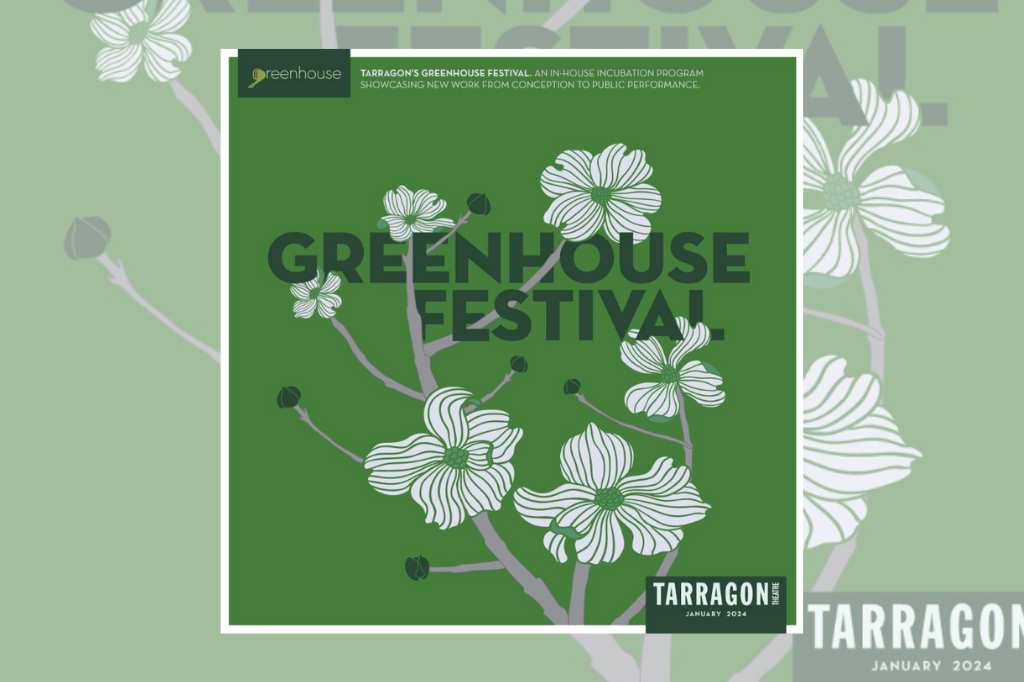







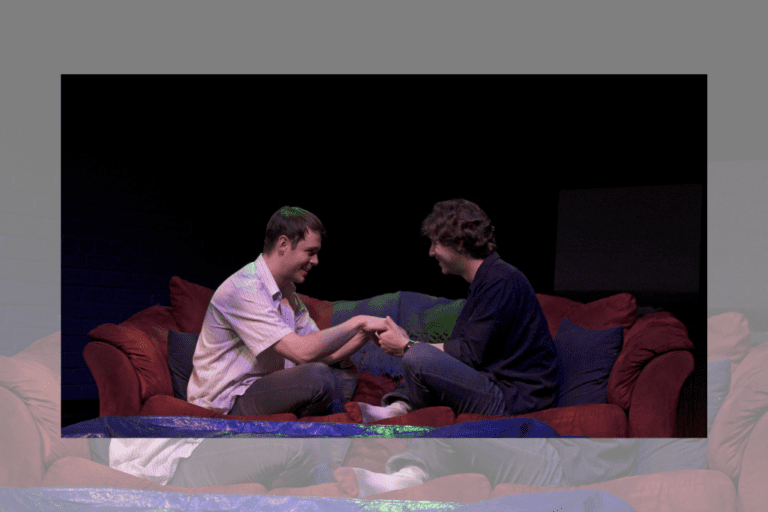
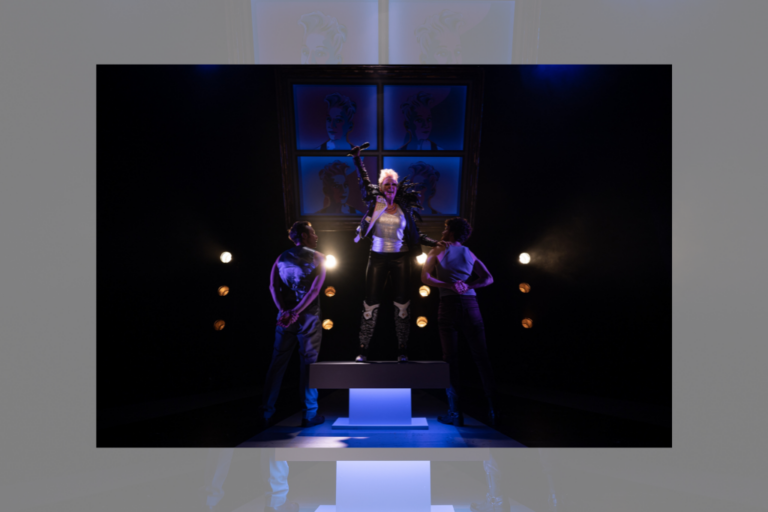
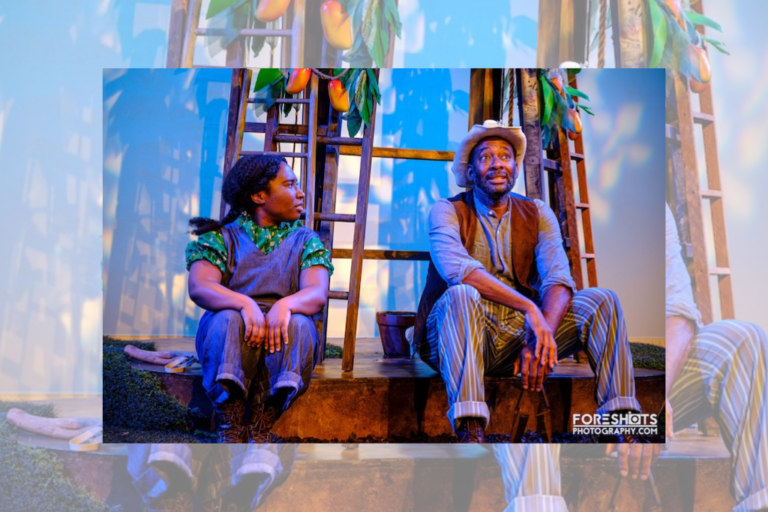
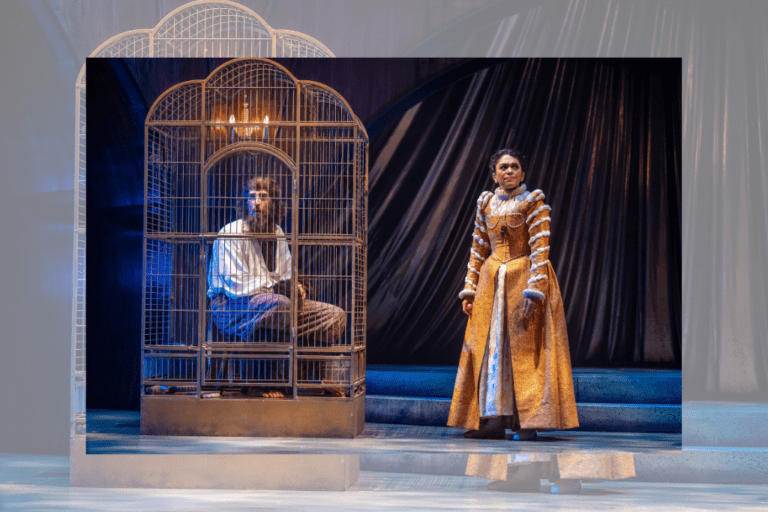

Comments